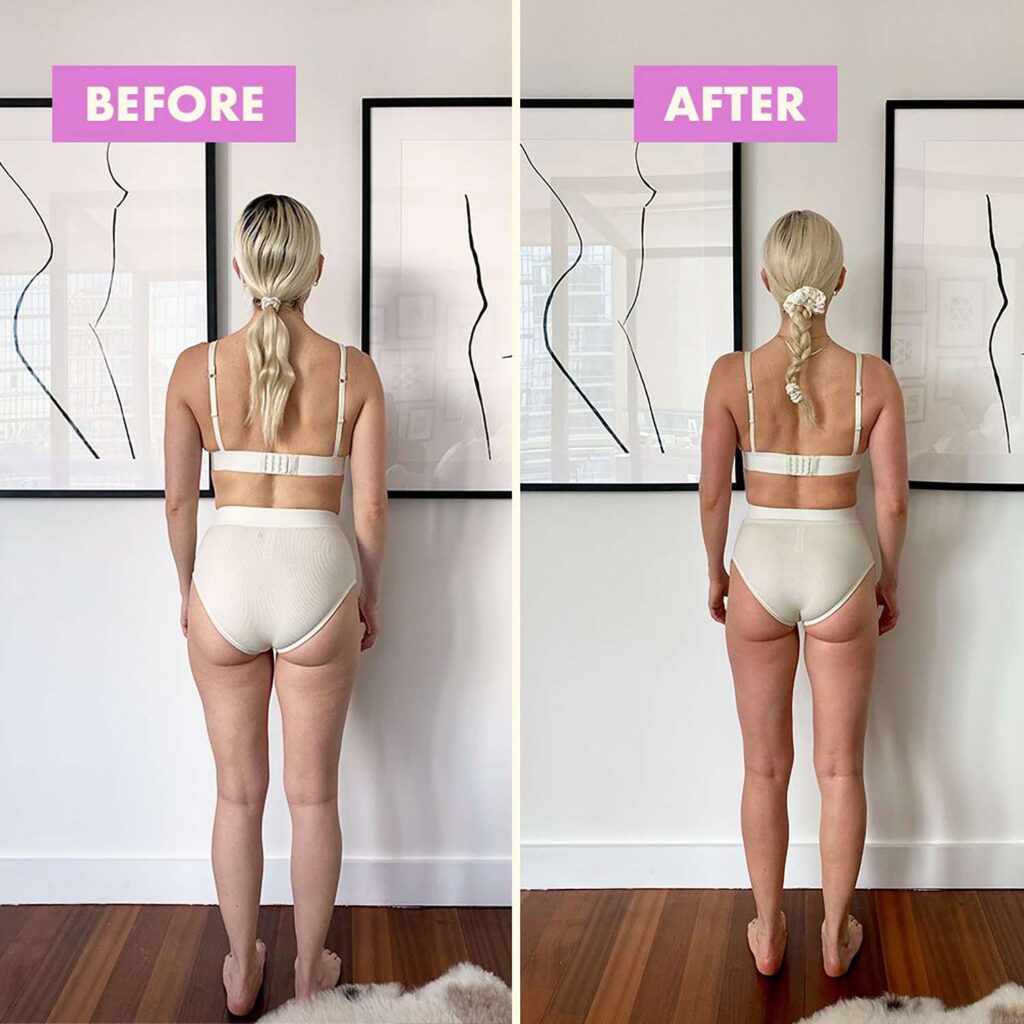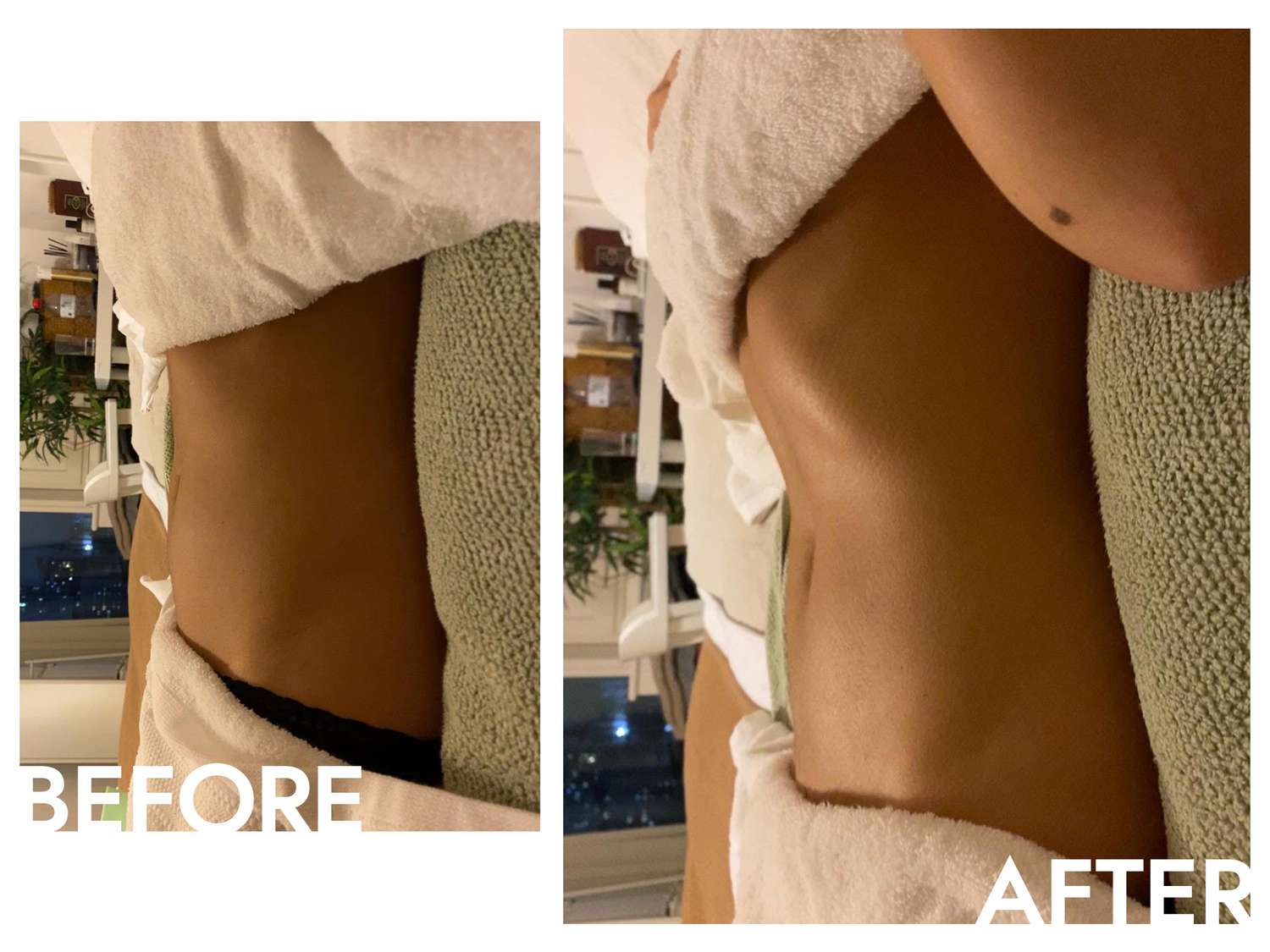In this article, you will learn about what lymphatic drainage feels like during a massage. The lymphatic system plays a crucial role in maintaining our body’s immune system and overall well-being. During a lymphatic drainage massage, you can expect gentle, rhythmic movements that aim to stimulate lymph flow. It may feel like a soft, light touch on your skin, similar to feather strokes. The goal is to encourage the natural movement of lymph fluid and promote detoxification in your body. Overall, the experience should be relaxing and rejuvenating, leaving you with a sense of well-being.
At our blog, we aim to provide valuable information and insights for massage enthusiasts like yourself. When it comes to lymphatic drainage, the experience can vary from person to person. Some may describe it as a soothing and calming sensation, while others may feel slight tingling or warmth. You may also notice a reduction in swelling and improved circulation in the treated area. It is important to communicate with your massage therapist to ensure that the pressure and techniques used are comfortable for you. So, if you’re curious about what lymphatic drainage feels like, keep reading to discover more about this beneficial massage technique.
What Does Lymphatic Drainage Feel Like?
As massage therapists and enthusiasts who enjoy sharing insights and helping others, we understand the importance of discussing the experience of lymphatic drainage. If you’re curious about what lymphatic drainage feels like, this article will provide you with a comprehensive understanding of the sensations and benefits associated with this gentle and effective massage technique.
Understanding the Lymphatic System
Before diving into the experience of lymphatic drainage, let’s briefly touch upon what the lymphatic system is and its role in the body. The lymphatic system plays a crucial role in maintaining the body’s fluid balance and immune function. It is comprised of lymphatic vessels, lymph nodes, and other lymphatic organs. The lymphatic vessels transport a clear fluid called lymph, which contains waste products, toxins, and pathogens, away from the body’s tissues to be filtered and eliminated.

This image is property of www.byrdie.com.
What is Lymphatic Drainage?
Lymphatic drainage, also known as manual lymphatic drainage (MLD), is a specialized massage technique that aims to stimulate the flow of lymph and detoxify the body. MLD utilizes gentle strokes and movements to help remove stagnant lymphatic fluid and promote the proper functioning of the lymphatic system. It is a non-invasive and soothing massage technique that can offer a wide range of physical and emotional benefits.
Benefits of Lymphatic Drainage
Lymphatic drainage holds numerous benefits for the body and mind. Let’s explore some of the key advantages of this massage technique.
Improves Lymph Flow
One of the primary benefits of lymphatic drainage is its ability to improve lymph flow. By gently stimulating the lymphatic system, MLD helps increase the circulation of lymphatic fluid throughout the body. This can result in reduced bloating and swelling, improved immune function, and increased efficiency in removing waste products and toxins from the body.
Reduces Swelling and Edema
Lymphatic drainage can be especially beneficial for individuals experiencing swelling and edema. The gentle pressure applied during the massage helps stimulate the lymphatic vessels and reduces fluid buildup, relieving discomfort and promoting the body’s natural healing process.
Supports Immune System
The lymphatic system plays a crucial role in supporting the body’s immune function. By promoting the flow of lymphatic fluid, lymphatic drainage massage enhances the transportation of immune cells and antibodies, aiding in the body’s defense against infections and illnesses.
Promotes Detoxification
Toxic buildup in the body can lead to a range of health issues. Lymphatic drainage massage helps flush out toxins and waste products from the body, supporting the natural detoxification processes. This can result in increased energy levels, improved overall health, and a sense of revitalization.

This image is property of hips.hearstapps.com.
How Does Lymphatic Drainage Work?
Lymphatic drainage involves specific massage techniques that are uniquely designed to stimulate the flow of lymphatic fluid. The massage therapist uses gentle and rhythmic strokes to create a wave-like movement along the lymphatic vessels, encouraging the lymphatic fluid to move more freely throughout the body. The techniques used during lymphatic drainage are focused on promoting relaxation and enhancing the body’s natural healing processes.
Massage Techniques Used for Lymphatic Drainage
Manual lymphatic drainage typically involves the use of light, sweeping strokes that follow the natural flow of the lymphatic system. The massage therapist applies gentle pressure with their hands, using specific techniques such as circular movements, scooping motions, and gentle stretching. These techniques are performed in a rhythmical and repetitive manner to optimize the effects on the lymphatic system.
Stimulating Lymphatic Flow
During a lymphatic drainage massage, the therapist’s movements and strokes target specific areas of the body where lymph nodes are concentrated, such as the neck, armpits, and groin. By stimulating these lymph nodes and increasing lymphatic flow, the massage helps to facilitate the efficient removal of waste products, toxins, and excess fluid from the body.
What to Expect During a Lymphatic Drainage Massage
If you’re considering a lymphatic drainage massage, it’s essential to know what to expect during the session. Here are some key aspects of the experience:
Gentle and Light Pressure
Lymphatic drainage massage is characterized by its gentle and light pressure. Unlike deep tissue or Swedish massages, which often involve firmer pressure, lymphatic drainage focuses on providing a soothing and calming experience for the body. The light pressure ensures that the massage does not cause discomfort or pain.
Specific Movements and Strokes
The massage therapist uses specific movements and strokes during lymphatic drainage to effectively target the lymphatic system and encourage lymphatic flow. These movements are specialized and require proper training and expertise. You can expect the therapist to use their hands to perform circular motions, gentle sweeping strokes, and light stretching to facilitate the movement of lymphatic fluid.
Comfortable and Relaxing Experience
Lymphatic drainage massage aims to create a comfortable and relaxing experience for individuals. The therapist typically ensures that the massage environment is calm and peaceful, with soft lighting and soothing music. The gentle and rhythmic strokes used in lymphatic drainage promote a state of deep relaxation, allowing you to unwind and let go of any tension or stress.

This image is property of www.byrdie.com.
Physical Sensations of Lymphatic Drainage
As you experience lymphatic drainage, you may notice various physical sensations that can further enhance your relaxation and well-being. Here are some common physical sensations associated with lymphatic drainage:
Easing of Tension and Discomfort
The gentle nature of lymphatic drainage massage often results in the easing of tension and discomfort in the body. As the therapist’s hands work their way along the lymphatic pathways, you may feel a sense of release and relief from any areas of tension or tightness.
Lightness and Enhanced Energy
Many individuals report feeling a sense of lightness and enhanced energy after receiving lymphatic drainage. The improved lymphatic flow and elimination of waste products contribute to a feeling of rejuvenation and vitality. It’s not uncommon to experience a renewed sense of energy and well-being following a lymphatic drainage massage.
Warmth and Relaxation
Lymphatic drainage can also induce feelings of warmth and relaxation throughout the body. As the therapist’s gentle strokes and movements promote lymphatic flow, you may experience a comforting warmth spreading through the targeted areas. This sensation can help you enter a deeper state of relaxation and further enhance the therapeutic benefits of the massage.
Possible Emotional Responses
In addition to the physical sensations experienced during lymphatic drainage, this massage technique can also evoke various emotional responses. Here are some potential emotional responses you might encounter:
Feeling Calm and Relaxed
Lymphatic drainage is known for its ability to induce a sense of calm and relaxation. The gentle and soothing nature of the massage can help quiet the mind and release any pent-up stress or anxiety. Many individuals find that lymphatic drainage provides a tranquil and peaceful experience, allowing them to connect with a deep sense of calmness.
Release of Emotional Stress
Massage has long been recognized as a form of therapy that releases emotional stress and tension. Lymphatic drainage is no exception. As the massage therapist works on stimulating lymphatic flow, it is not uncommon to experience a release of emotional stress. Some individuals may feel an emotional release, such as tears, as the massage helps them let go of any underlying emotional tension.
Improved Mood
A positive shift in mood is another potential emotional response to lymphatic drainage. The combination of physical relaxation, improved lymph flow, and the release of emotional stress can contribute to an overall improvement in mood. Many people experience a sense of upliftment and contentment after a session of lymphatic drainage.

This image is property of www.balanceorlando.com.
Who Can Benefit from Lymphatic Drainage?
Lymphatic drainage can offer numerous benefits to a wide range of individuals. Here are some groups of people who can particularly benefit from this massage technique:
Individuals with Swollen Lymph Nodes
Lymphatic drainage can be highly beneficial for individuals experiencing swollen lymph nodes. By stimulating lymphatic flow, the massage helps reduce swelling and promotes the body’s natural healing process.
Post-Surgery or Injury Recovery
After surgery or injury, lymphatic drainage can aid in the recovery process by reducing swelling, promoting healing, and enhancing overall circulation. It is often recommended as a complementary therapy in post-operative care to help the body recover more efficiently.
Chronic Illness or Fatigue Sufferers
Individuals dealing with chronic illnesses or fatigue often find relief and support through lymphatic drainage. The gentle nature of the massage helps reduce the burden on the lymphatic system and can alleviate symptoms such as fatigue, pain, and fluid retention.
Precautions and Considerations
While lymphatic drainage is generally safe and well-tolerated, there are some precautions and considerations to keep in mind:
Consultation with a Healthcare Professional
Before undergoing lymphatic drainage, it is crucial to consult with a healthcare professional, especially if you have any underlying health conditions or concerns. They can provide guidance on whether lymphatic drainage is suitable for you or if there are any specific precautions to take.
Avoiding Lymphatic Drainage in Certain Conditions
Lymphatic drainage should be avoided in certain conditions, such as active infections, cancer, blood clots, or severe heart or kidney problems. It is important to discuss any health-related concerns with your healthcare provider before receiving lymphatic drainage.

This image is property of www.byrdie.com.
Conclusion
In conclusion, lymphatic drainage is a gentle and effective massage technique that stimulates the lymphatic system and offers numerous benefits. During a lymphatic drainage massage, you can expect gentle pressure, specific movements, and a comforting experience. The physical sensations often include relaxation, lightness, and warmth. Emotional responses may include a sense of calm, stress release, and improved mood. Lymphatic drainage can be beneficial for individuals with swollen lymph nodes, post-surgery or injury recovery, and chronic illness or fatigue sufferers. Remember to consult with a healthcare professional and consider any precautions before undergoing lymphatic drainage. So why not give lymphatic drainage a try and experience its rejuvenating and soothing effects for yourself?
